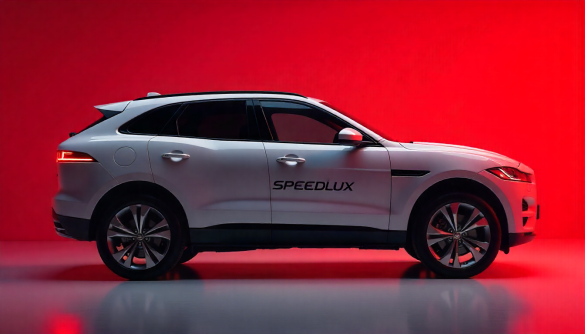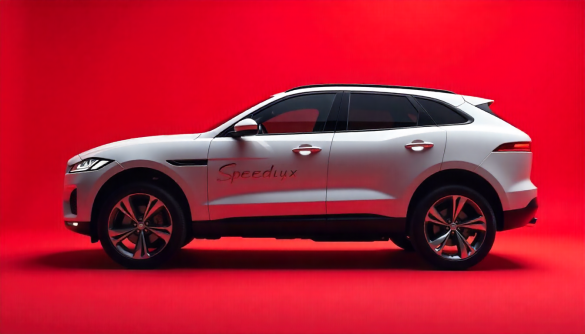Toyota’s latest generation Prius comes in three different versions, all of which are currently on the market, or soon to be released: The Prius Hatchback, the smaller Prius C, and the Prius V.
Powered by a 1.8-liter inline 4 cylinder engine that runs on the Atkinson cycle, together with an electric motor, the power comes to a total of 134 horsepower and 105 lb-ft of torque (the engine provides 98 horsepower and the motor 36). Because the power isn’t that impressive for a 3,274 lb vehicle, you would expect the fuel consumption to compensate, and it does. The Prius V goes 44 mpg in the city and 40 mpg on the highway (42 official combined), with a reported real-life 37.3 mpg combined.
The Prius V gets a CVT automatic transmission with three driving modes: normal, Eco, and EV. The last two modes feature dynamic switching to normal if more power is requested by the driver than they can provide. While Toyota has been struggling to get brake battery regeneration to work properly, other manufacturers like Volkswagen got it right on their first try, with the Jetta hybrid. In other words, the Prius V still gets an unimpressive brake regeneration technology.
The interior is mighty spacious and comfortable thanks to the faux leather seats (both front and rear). The trunk looks like it could easily fit multiple pieces of furniture or other large materials. The Entune entertainment system comes as standard, and features iPhone and MP3 synchronization. The $5,580 Advanced Technology Package brings, among others, panoramic moon roof, premium HDD navigation, radar-based cruise control, and some safety features.
The standard price will be around $30,000 in the U.S. This Prius clearly can’t compete with luxury family SUV’s, but then again it doesn’t have to. It’s perfect for an environmentally-friendly family with a medium income, as Toyota wanted this car to be.







